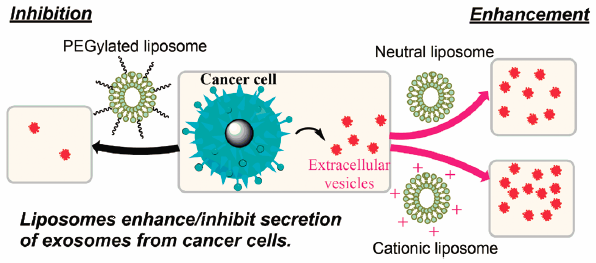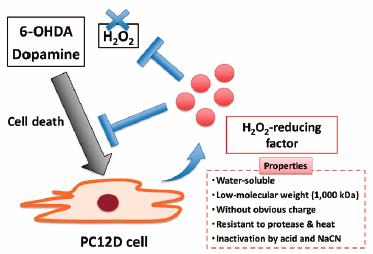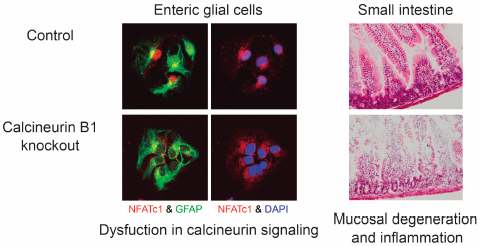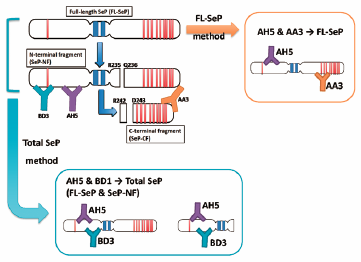- |<
- <
- 1
- >
- >|
-
2018 Volume 41 Issue 5 Pages 663-669
Published: May 01, 2018
Released on J-STAGE: May 01, 2018
Download PDF (832K) Full view HTML
-
2018 Volume 41 Issue 5 Pages 670-679
Published: May 01, 2018
Released on J-STAGE: May 01, 2018
Download PDF (6117K) Full view HTML -
2018 Volume 41 Issue 5 Pages 680-689
Published: May 01, 2018
Released on J-STAGE: May 01, 2018
Download PDF (1781K) Full view HTML -
2018 Volume 41 Issue 5 Pages 690-696
Published: May 01, 2018
Released on J-STAGE: May 01, 2018
Advance online publication: February 21, 2018Download PDF (596K) Full view HTML -
2018 Volume 41 Issue 5 Pages 697-706
Published: May 01, 2018
Released on J-STAGE: May 01, 2018
Download PDF (1344K) Full view HTML -
2018 Volume 41 Issue 5 Pages 707-712
Published: May 01, 2018
Released on J-STAGE: May 01, 2018
Download PDF (1874K) Full view HTML -
2018 Volume 41 Issue 5 Pages 713-721
Published: May 01, 2018
Released on J-STAGE: May 01, 2018
Download PDF (1555K) Full view HTML -
2018 Volume 41 Issue 5 Pages 722-732
Published: May 01, 2018
Released on J-STAGE: May 01, 2018
Advance online publication: February 14, 2018Download PDF (1992K) Full view HTML -
2018 Volume 41 Issue 5 Pages 733-742
Published: May 01, 2018
Released on J-STAGE: May 01, 2018
Download PDF (2648K) Full view HTML -
2018 Volume 41 Issue 5 Pages 743-748
Published: May 01, 2018
Released on J-STAGE: May 01, 2018
Download PDF (749K) Full view HTML -
2018 Volume 41 Issue 5 Pages 749-753
Published: May 01, 2018
Released on J-STAGE: May 01, 2018
Advance online publication: March 02, 2018Download PDF (560K) Full view HTML -
2018 Volume 41 Issue 5 Pages 754-760
Published: May 01, 2018
Released on J-STAGE: May 01, 2018
Download PDF (1157K) Full view HTML -
 2018 Volume 41 Issue 5 Pages 761-769
2018 Volume 41 Issue 5 Pages 761-769
Published: May 01, 2018
Released on J-STAGE: May 01, 2018
Editor's pickIpragliflozin is a selective sodium glucose cotransporter 2 inhibitor that increases urinary glucose excretion, and subsequently improves glucolipotoxicity. The article by Takasu et al. demonstrated that the treatment with ipragliflozin decreased pancreatic cells positive for 4-hydroxy-2-nonenal (4HNE), an oxidative stress marker, in obese type 2 diabetes mellitus (DM) db/db mice. Histopathological examination of pancreatic islet cells revealed strong insulin staining, whereas reduced glucagon staining, accordingly pancreatic insulin content tended to be higher in the ipragliflozin 10 mg/kg-treated group compared with the DM-control group. It was demonstrated that ipragliflozin has a protective effect on the pancreas by reducing oxidative stress.
Download PDF (5709K) Full view HTML -
2018 Volume 41 Issue 5 Pages 770-776
Published: May 01, 2018
Released on J-STAGE: May 01, 2018
Download PDF (953K) Full view HTML -
2018 Volume 41 Issue 5 Pages 777-785
Published: May 01, 2018
Released on J-STAGE: May 01, 2018
Download PDF (1306K) Full view HTML -
2018 Volume 41 Issue 5 Pages 786-796
Published: May 01, 2018
Released on J-STAGE: May 01, 2018
Download PDF (27528K) Full view HTML -
2018 Volume 41 Issue 5 Pages 797-805
Published: May 01, 2018
Released on J-STAGE: May 01, 2018
Download PDF (1818K) Full view HTML
-
2018 Volume 41 Issue 5 Pages 806-810
Published: May 01, 2018
Released on J-STAGE: May 01, 2018
Download PDF (563K) Full view HTML -
2018 Volume 41 Issue 5 Pages 811-814
Published: May 01, 2018
Released on J-STAGE: May 01, 2018
Download PDF (427K) Full view HTML -
2018 Volume 41 Issue 5 Pages 815-819
Published: May 01, 2018
Released on J-STAGE: May 01, 2018
Download PDF (414K) Full view HTML -
2018 Volume 41 Issue 5 Pages 820-823
Published: May 01, 2018
Released on J-STAGE: May 01, 2018
Advance online publication: February 10, 2018Download PDF (371K) Full view HTML -
3-O-Glyceryl-2-O-hexyl Ascorbate Suppresses Melanogenesis through Activation of the Autophagy System2018 Volume 41 Issue 5 Pages 824-827
Published: May 01, 2018
Released on J-STAGE: May 01, 2018
Download PDF (2327K) Full view HTML -
2018 Volume 41 Issue 5 Pages 828-832
Published: May 01, 2018
Released on J-STAGE: May 01, 2018
Download PDF (680K) Full view HTML
-
2018 Volume 41 Issue 5 Pages 833
Published: May 01, 2018
Released on J-STAGE: May 01, 2018
Download PDF (460K) Full view HTML
- |<
- <
- 1
- >
- >|























